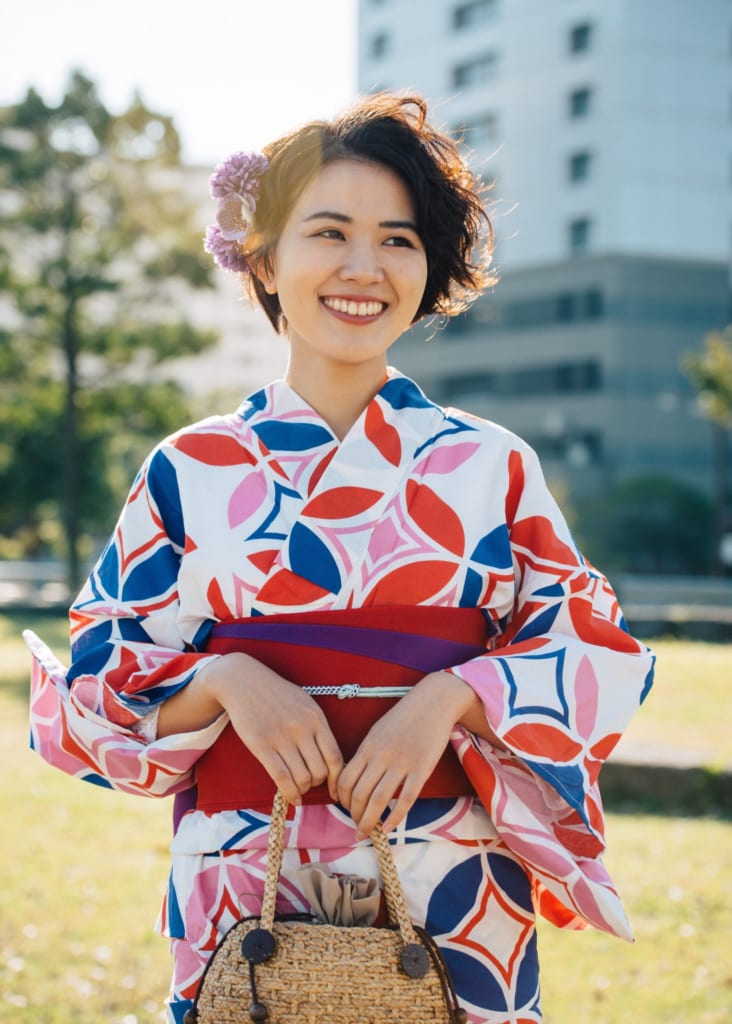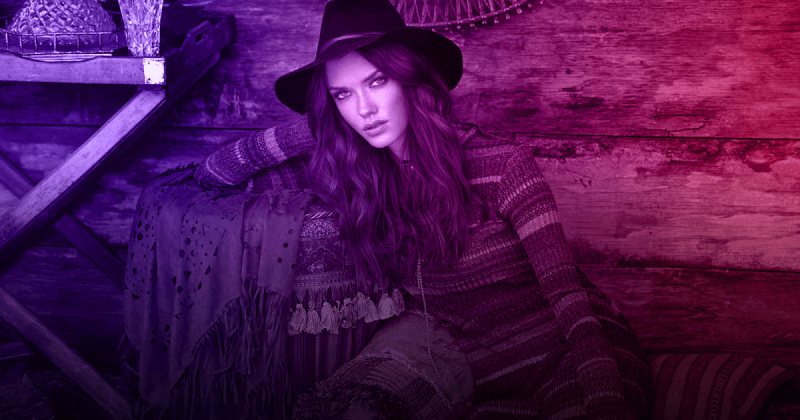Yukata and Obi

In the rich tapestry of Japanese culture, certain garments stand out not just for their aesthetic appeal but also for the depth of tradition woven into their threads. Among these, the yukata and obi are quintessential symbols of Japan’s sartorial heritage. These traditional garments, dating back centuries, have transcended time, evolving into iconic elements of Japanese fashion and cultural expression.
The Yukata: A Breath of Summer Elegance
The yukata, a casual summer kimono, has its roots deeply embedded in Japanese history. Originally worn as a bathrobe in the Heian period (794-1185), the yukata later found its way into daily life as a comfortable and stylish garment. Unlike its more formal counterpart, the kimono, the yukata is made from lightweight cotton or synthetic fabrics, making it perfect for the sweltering Japanese summers.
Yukata patterns vary widely, ranging from vibrant floral designs to bold geometric shapes. The color palette often reflects the season, with bright, cheerful hues dominating the summer yukata. Traditionally, young women would don the yukata during festivals, fireworks displays, and other celebratory occasions, creating a visual spectacle that embodies the essence of summer in Japan.
One of the most fascinating aspects of the yukata is its method of wear. While the kimono requires intricate layers and careful folding, the yukata is relatively easy to put on. This accessibility has contributed to its popularity, making it a staple in summer wardrobes across Japan.
The Obi: A Cinch of Elegance
No yukata ensemble is complete without the obi, a wide belt that not only adds a touch of elegance but also serves a functional purpose. The obi secures the yukata in place, creating a well-defined silhouette. Like the yukata, the obi comes in various styles, each with its own significance.
There are two main types of obi: the hanhaba obi, a narrow belt often worn with casual yukata, and the more formal, wide obi, known as the fukuro obi or the maru obi. The latter is reserved for special occasions like weddings and ceremonies, adding an extra layer of grandeur to the ensemble.
Tying the obi is an art form in itself, and there are countless ways to create intricate knots and bows. Some knots are specific to certain occasions or age groups, emphasizing the nuanced language of Japanese fashion. Learning to tie the obi is considered a rite of passage, with older generations passing down their knowledge to the younger ones.
The Marriage of Yukata and Obi
When the yukata and obi come together, they form a harmonious union that represents the seamless blend of tradition and modernity. The yukata, with its breezy simplicity, provides a canvas for the obi to shine. The obi, in turn, elevates the yukata, transforming it from casual attire to a statement of cultural pride.
Choosing the right obi for a yukata involves considering factors like occasion, age, and personal style. Younger individuals may opt for vibrant, playful obi designs, while older generations may lean towards more subdued, classic choices. The art of coordinating these elements adds an extra layer of creativity to the wearing of yukata, turning it into a form of self-expression.
Beyond the Traditional: Yukata in Contemporary Fashion
While deeply rooted in tradition, the yukata has not remained stagnant in the ever-evolving landscape of fashion. Designers and fashion enthusiasts alike have embraced the yukata as a versatile canvas for creativity. Modern interpretations feature bold patterns, unconventional fabrics, and innovative cuts, appealing to a broader audience both in Japan and internationally.
In recent years, yukata-themed events and fashion shows have gained popularity, showcasing the adaptability of this traditional garment. Designers experiment with various textures, lengths, and even asymmetrical designs, pushing the boundaries of what was once considered a strictly traditional attire.
The obi, too, has undergone transformations to cater to contemporary tastes. Some fashion-forward individuals choose obi styles that deviate from the conventional norms, incorporating elements of personal flair into their outfits. This intersection of tradition and modernity in yukata and obi fashion reflects the dynamic nature of Japanese culture.
Preserving Heritage: Workshops and Cultural Initiatives
Recognizing the importance of preserving traditional craftsmanship, many initiatives and workshops have emerged to pass on the art of yukata and obi making. Craftsmen and artisans, often designated as “Living National Treasures,” play a crucial role in ensuring that the techniques and skills required for creating these garments are not lost to time.
Participating in a yukata or obi workshop provides individuals with a hands-on experience, allowing them to appreciate the meticulous craftsmanship that goes into making these garments. From dyeing techniques to intricate weaving patterns, these workshops offer a glimpse into the dedication and precision required to produce these wearable works of art.
Conclusion:
The yukata and obi, though deeply rooted in Japan’s past, continue to weave a timeless tale in fabric. Beyond being mere garments, they embody a cultural narrative that has stood the test of time, adapting and evolving while retaining its essence. Whether worn during a summer festival, a family celebration, or a modern fashion event, the yukata and obi symbolize a connection to tradition, a celebration of craftsmanship, and a timeless elegance that transcends generations.



